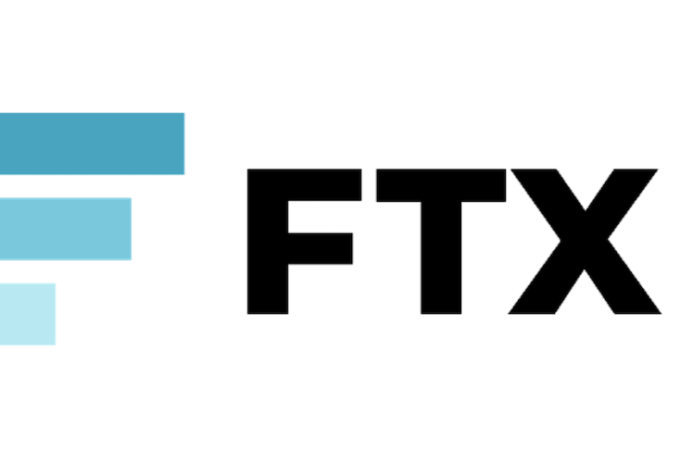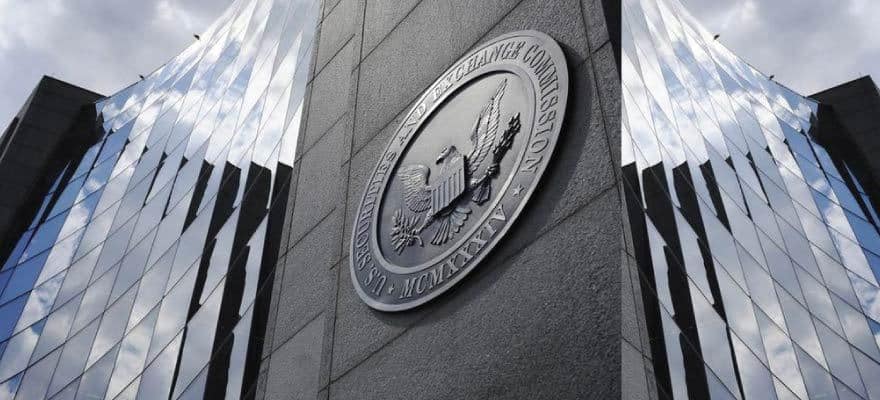
Establishing Trust In The Bitcoin Ecosystem
TECHCRUNCH: On October 31, 2008, Satoshi Nakamoto proposed “a system for electronic transactions without relying on trust.” Yet, it can be fairly argued that trust, or a lack thereof, has been at the heart of the troubles in the bitcoin ecosystem since that day. While the technology has been and continues to be robust, the failure of a few individuals to meet their fiduciary or legal obligations has maligned bitcoin’s image and damaged its relationships with consumers.
It’s unfortunate but true that while entrepreneurs and venture capitalists have been focused on the technology, the media and therefore the public has been focused on the bad actors building criminal or negligent enterprises on top of that same technology. We’ve all see the headlines:
“The Inside Story of Mt. Gox, Bitcoin’s $460 million disaster” (Wired, March 3, 2014); “Texas Man Charged with Running Bitcoin Ponzi Scheme” (Wall Street Journal, November 6, 2014); “Ross Ulbricht Convicted of Running Silk Road as Dread Pirate Roberts” (Bloomberg, February 4, 2015); “2 Former Federal Agents Charged with Stealing Bitcoin during Silk Road Probe” (CNN.com, March 30, 2015); “Board Member Olivier Janssens Leaking Damning Facts about Bitcoin Foundation” (CoinTelegraph, April 5, 2015).
Headlines with words like “disaster,” “ponzi,” “pirate,” “stealing” and “damning” don’t particularly make bitcoin something you want to introduce to your mother.
Tempering risk and establishing trust
While bitcoin the technology turns the risks associated with transactions on their head, bitcoin the community and economy is inextricably tied to the integrity of the individuals within it.
As organizations grow, professionals from across disciplines support different aspects of their mission. The bitcoin ecosystem as a whole, and the businesses and regulators within it, are experiencing this today. On every metric, the ecosystem has grown exponentially, yet with that growth comes the increased likelihood that bad or incompetent actors (not bad technology) will lurk in its midst.
While there is risk in every part of the wider economy, to temper that risk and to restore trust in bitcoin, the community ought to consider and adopt:
- a broad set of professional competencies, supported by tools to facilitate their achievement, which reflects capability and qualification for professional participation;
- a minimum, yet clear, barrier to entry that does not restrict opportunity but does signify a commitment commensurate with the responsibility one has to the ecosystem;
- a designation indicative of achievement in the core competencies that enables valuable professional differentiation; and
- A set of common standards or best practices for conducting business, including a code of ethics.
Trust and the international remittance use case
International remittances are thought by many to be among the first commercially viable applications for bitcoin. Large fees charged by the incumbents in the industry allow for new firms, leveraging the bitcoin Blockchain, to severely undercut the pricing structures to which customers had become acclimated.
But fees are not the only criteria a consumer considers when sending an international remittance. Trust is perhaps the more central consideration. This should not be a surprise to any student of money transmission, as trust and honor have been at the center of Hawala – an informal money transfer system that has been popular in the Middle East, North Africa and South Asia – since the Middle Ages. While Hawala’s network of brokers must trust in the system – a trust that has been built over generations – the transmission won’t commence unless the sender of the funds has trust in the original broker with whom he interfaces at the start of the transmission.
Data shows a lack of trust in bitcoin for remittances
It is this original interaction between consumer and professional – before the bitcoin network has even been engaged – where bitcoin’s challenges lie. According to a recent study, bitcoin is trusted for international remittances by a very small percentage of American consumers (perhaps due to the media reports noted above) when compared to incumbent service providers.
Notably, those seeking to build businesses transmitting money across the globe on the bitcoin network have an ample market of prospective customers who don’t trust any of the traditional options – a proverbial green field.
I’d posit, similar to bitcoin, consumers don’t understand the technology underlying these other means of international money transmission.
Putting the postal service aside, international money transmission from the U.S. to recipients abroad has utilized two primary technologies over the past 40 years – wire transfers and Automated Clearing House (ACH) transactions (which to be clear are received outside the U.S. by ACH equivalents). Both technologies are offered by Western Union, founded in 1851, and MoneyGram, founded in 1940 – the dominant players in this lucrative yet highly regulated and mostly staid industry.
These firms, along with a handful of others, skimmed (or perhaps a better word is shoveled) $16 billion dollars off fees as high as 29 percent, predominantly in developing economies, while facilitating the transfer of approximately $438 billion in 2014, according to the World Bank.
A wire, typically processed by clearing solutions like SWIFT, the Federal Reserve Wire Network, or the Clearing House Interbank Payments System, is a real-time method of transferring funds and supporting account information between financial institutions. Wires are typically high fee yet near immediate (as long as the institutions on each end of the transaction are open for business).
An ACH, commonly used for payroll and other domestic purposes, is based on an over 40-year-old standard overseen by the Electronic Payments Association and is typically less costly to the consumer than a wire transfer, as it is processed in batches along with other ACH transfers. An ACH transfer is typically received within a few business days or fewer. While there have been private sector attempts to improve the speed and cost of ACH, the technology and bureaucracy underlying it remain unchanged.
The bitcoin technology is much more elegant, leveraging the open ledger known as the Blockchain and a distributed network of computers to confirm transactions. These computers, known as miners, compete for the right to make these confirmations and gain the associated rewards by solving complex mathematical problems, typically within 10 minutes and at a de minimis cost to the transacting parties.
Consumers consider trust in people and benefits of technology
Regardless how elegant or exciting the breakthrough for computer science, consumers don’t care. They aren’t considering the technical differences between ACH and wire transfers. They certainly aren’t differentiating between the different wire transfer services. And I highly doubt they’re thinking about the sorting machine that the postal service will utilize to get their package of cash from point A to point B.
To the contrary, they are focused on the benefits of each method and, more importantly, whether they trust the people behind the door they must walk through when handing over their hard-earned cash. And, at least for myself, the site of the average Western Union storefront – dilapidated and positioned next to a giant “checks cashed here” sign – prompts a quick tap on the back pocket to confirm my wallet is still there.
The company’s terms and conditions page is longer than something you’d be forced to sign before going skydiving or on a trek up Mount Everest. It’s not the technology used by these transmitters that Americans don’t trust; it’s the people who operate them (and the lawyers who write their terms and conditions).
People are not algorithms
Yet, according to the data, the people associated with bitcoin, or to be clearer, a minority of people who were the focus of a majority of the media attention over the past two years, have fostered distrust.
The bitcoin community has recognized the obstacles this presents and chosen to either combat it with public relations initiatives; remove any mention of bitcoin from their marketing and branding; or ensure that its use is not relevant to the beneficiaries of the service provided as do the so-called “last mile” remittances applications. Each of these strategies are understandable, but insufficient.
I’m confident that in the future the core technological advances represented by bitcoin can enable far greater transparency and consumer protection than currently exists in the traditional financial system, but consumers today choose to work with people and businesses they have confidence will deliver as promised. A professional framework, such as that proposed above, will mitigate the human risks atop bitcoin and establish the trust necessary for consumers to more broadly adopt the technology.
While Satoshi Nakamoto launched a technology “completely decentralized, with no central server or trusted parties, because everything is based on crypto proof instead of trust,” on top of the bitcoin network, the people building enterprises and interfacing with customers are just that — people, not algorithms.





